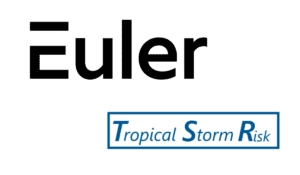How to find P&C talent by acquiring wealth planning advisories

Frequent announcements about Canadian P&C brokerages buying retirement and wealth planning advisories raises an interesting question: What do the acquirers offer to the employees of the firms they buy?
The short answer is development opportunities, said Terri Botosan, regional president of employee benefits and life at Hub International.
Looking past keeping the acquired owners, retaining promising employees from acquired shops is a major goal of acquisitions, she noted, particularly when those team members want to build focused skillsets for specific business lines.
“As we are building this business, Canadian employee benefits and retirement is several multiples larger than it was four years ago. [Owner] succession would have been an easy place to find good benefits shops or retirement shops that wanted to get out of the business,” Botosan said. “But I was not trying to just gather books of business. I was trying to build a business that had a long runway to really drive value to the client.
“So, we’re continuing to…provide opportunities for a younger generation because it is critical to our success.”
Sometimes an acquisition means changing the team structure at the acquiring brokerage, said T. Marshall Sadd, executive chairman at Navacord.
“What we’re finding is that within the benefits, wealth and retirement space, folks for the most part are in the twilight of their careers,” he said. “We’re good at…finding people from outside the [P&C] industry that are client-facing relationship-builders and revenue-generators, and then teaching them the products or teaching them P&C or group benefits. Teaching them wealth and life. That’s part of our strategy with these integration plans.
“And then we’re affecting a succession plan with the next generation of talent.”
When that next generation includes capable people at the acquired company, Sadd stressed his firm has a formal employee-development program with coaches and mentors for those people to work with.
Retention also ensures people with the correct product licences across P&C, employee benefits, and retirement and wealth planning remain at the merged operation. While multiple lines discounts are appealing, “the real discount lies in the efficiency in productivity gains from dealing with one shop,” said Rob Taylor, executive vice president of retirement at Hub International. “You don’t have to have all these separate business relationships.”
For NFP, acquisitions provide “the advantage of partnering with a well-established firm with a robust client base across Canada,” said Mike Goldman, the firm’s president and chief operating officer.
“This serves our clients well because the more our business segments are integrated with teams of experts working together to understand client needs and challenges…the better the outcome.”
While local advisors generally have an advantage in knowing their clients, Yan Charbonneau, president of insurance industry acquisition firm Synex Business Performance, noted younger customers are leaning toward larger firms that can support them through complex problems.
“There’s no one shop, one advisor that knows every line,” he said. “You had [guys] that had 20 different certifications. They were good at nothing but average at everything. That doesn’t work today. You have to work as a team.”
Feature image by iStock.com/designer491




